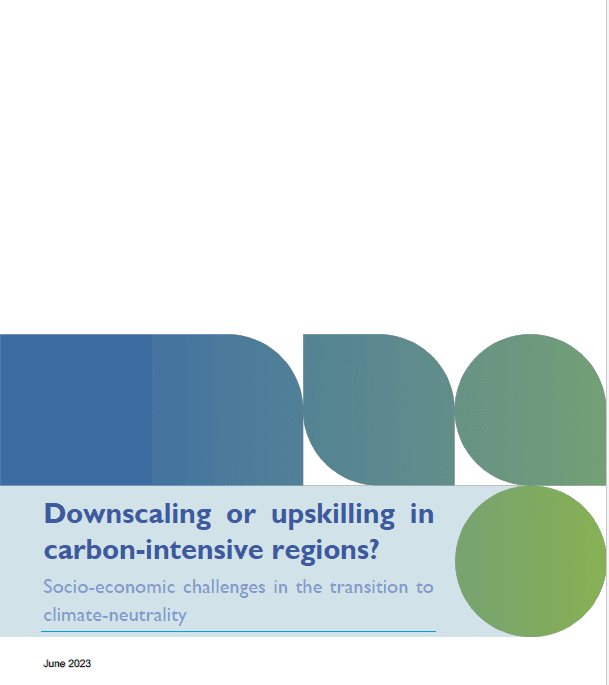Downscaling or upskilling in carbon-intensive regions?

Achieving climate neutrality by 2050 as announced by the European Green Deal will be more challenging for EU regions whose economies are highly energy and carbon-intensive (CI) than in non- carbon-intensive (NCI) regions. The green transition will have an impact on the labour market, types of jobs and sectors of activity and also the social rights in the affected areas will be severely challenged. The present policy brief examines these challenges both in the carbon-intensive and non-carbon-intensive EU NUTS 2 regions and the role of migration in this process. Altogether 34 CI regions have been identified as the top 10% EU NUTS 2 regions according to their employment share in either the mining sector or in carbon-intensive manufacturing industries, including the production of basic chemicals, coke and refined petroleum products, steel and cement.
Results of the descriptive and econometric analyses reveal that CI regions, particularly in Central and Eastern Europe where almost 60% of these regions are located – are on average characterized by poorer economic and social conditions than NCI regions. They do not only face a potential decline in employment, but also outward migration that could diminish their prospects for longer-term economic prosperity. CI regions with out-migration
show a lower GDP per capita than NCI regions with outmigration, a lower proportion of highly educated people, a higher share of early school leavers and an extremely low participation rate in life-long learning. In terms of social challenges, the analysis shows that CI regions in general but especially those with out-migration are lagging behind in a number of areas of social infrastructure, services and outcomes: e.g., health, (early) education,
but also housing and other areas of well-being. Thus, CI regions with out-migration have fewer chances to provide their residents with sound and equal economic opportunities, social services and levels of well-being compared to non-carbon- intensive ones. This particularly affects rural areas where the population is at higher risk of poverty than in urban areas due to poorer access to basic infrastructure and services. If CI regions encounter the problem of negative net migration, their social development is very likely to take a sharp negative turn. Examining migration patterns by educational attainment shows that CI regions are in particular unattractive for high skilled workers, and that the low level of their GDP per capita is associated with higher out-migration.